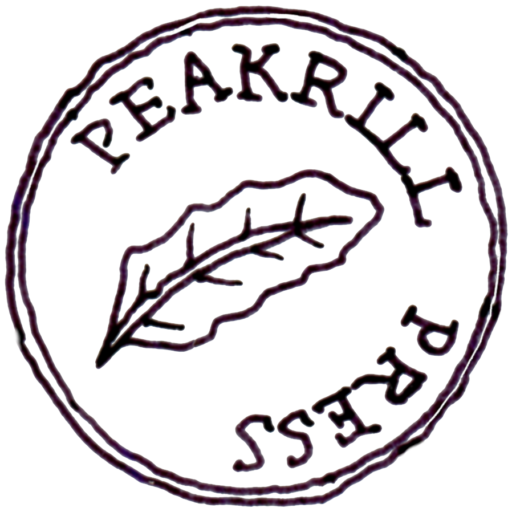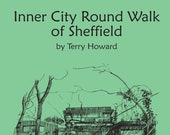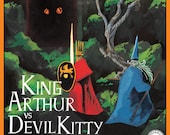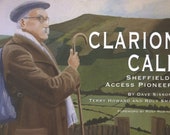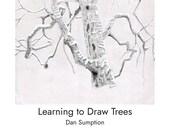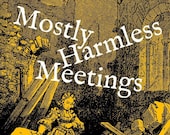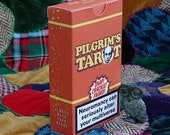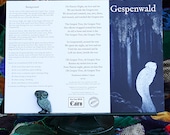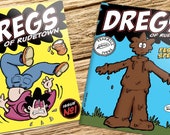-
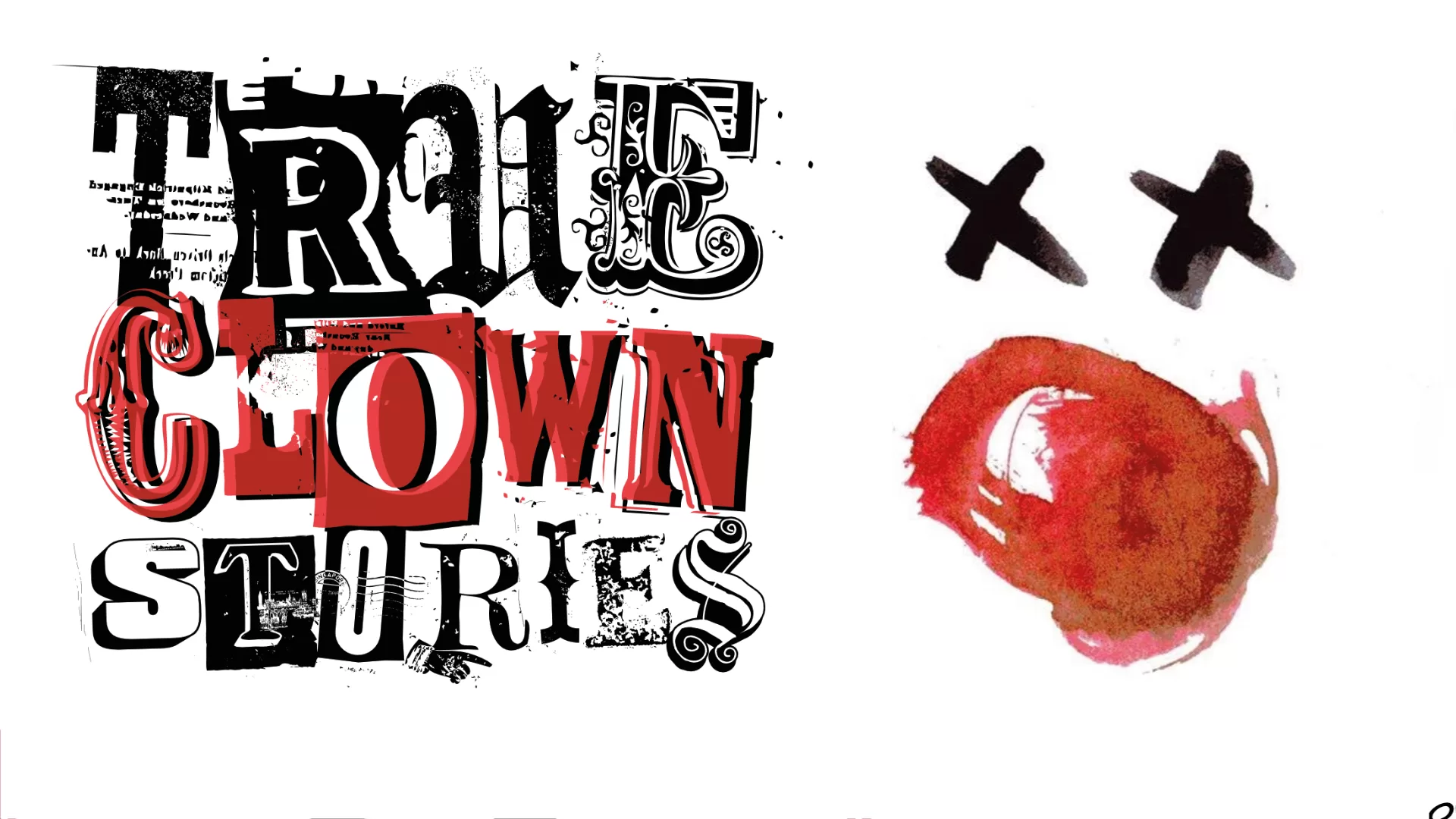
Clownstarter & 5318008
Peakrill’s next publication will be True Clown Stories, by James Burt and others. James writes: My clown stories are about people who want to be entertaining. They want to bring people some innocent joy, but reality has thwarted them. These are stories about people who’ve devoted themselves to red noses and giant shoes but struggle…
-
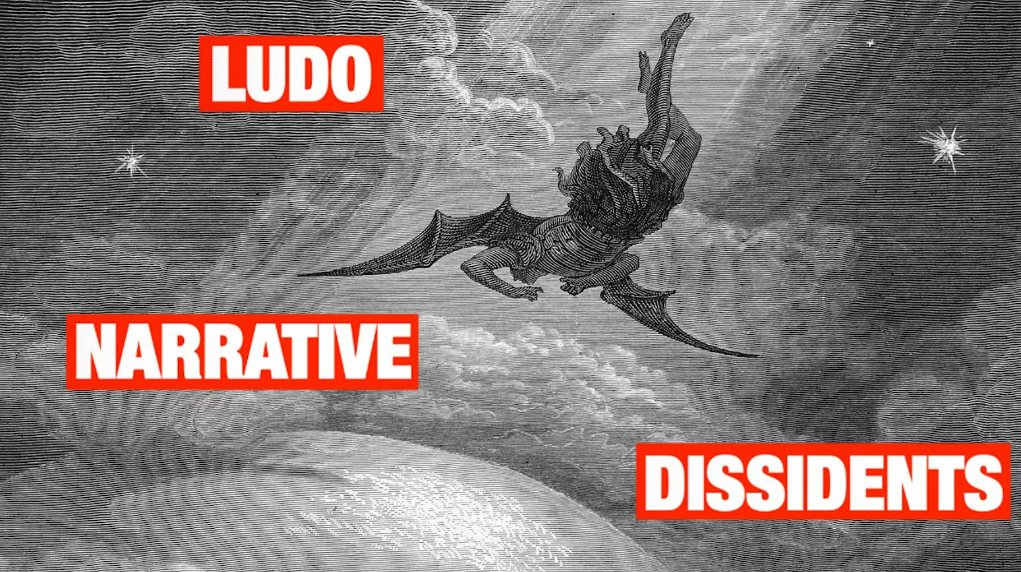
Ludonarrative Dissidents
I rarely listen to gaming podcasts, but the one which I always find time for is Ludonarrative Dissidents, in which industry veterans Ross Payton, Greg Stolze, and James Wallis deep-dive into various gaming systems. The podcast is a must-listen for anyone who writes games or gaming content. More than just a reviews show, the presenters…
-
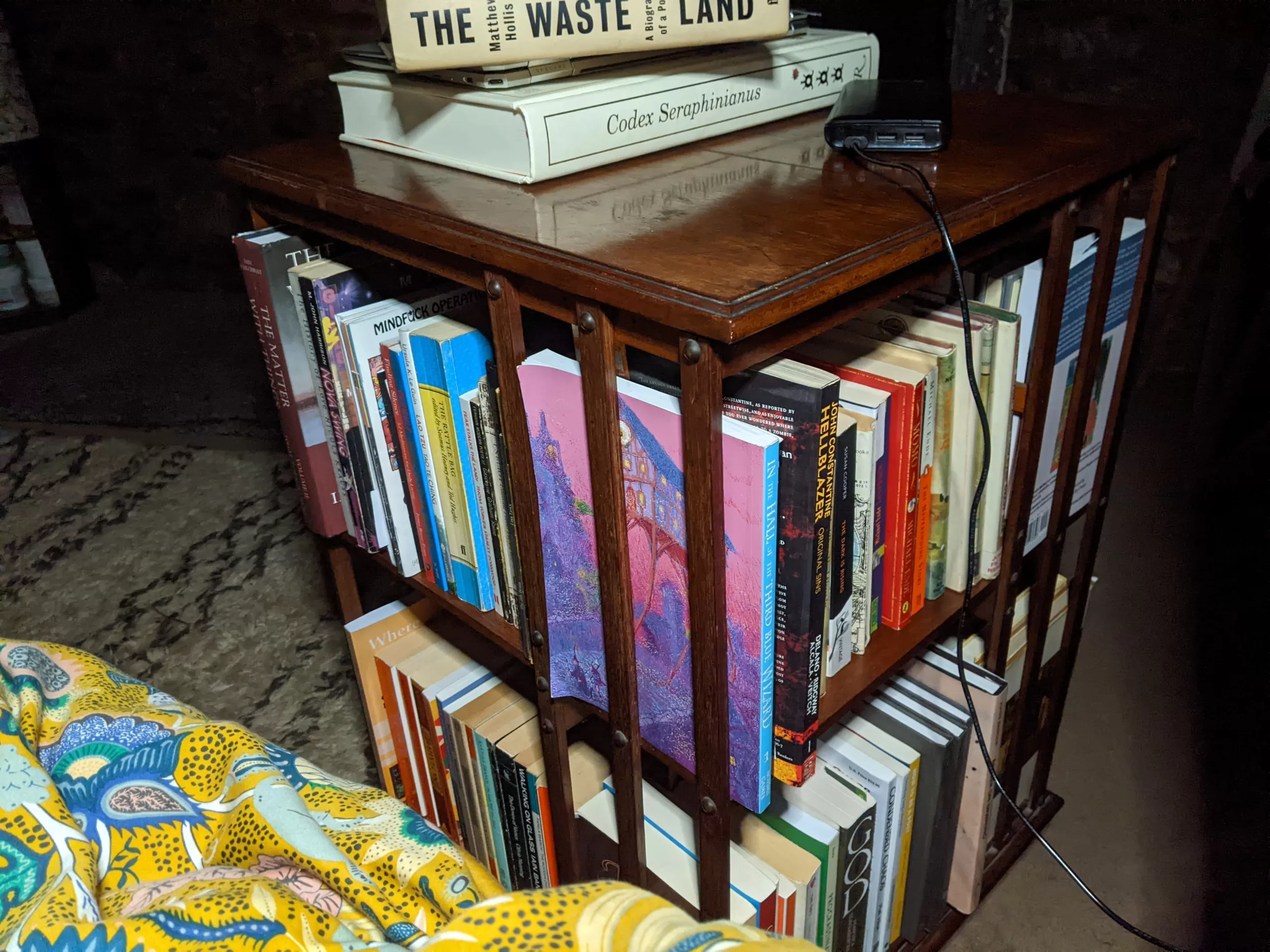
Books of the Year 2023
According to Goodreads, I read 80 books in 2023. I was also given a wonderful bedside revolving-bookshelf-cabinet, shown above, as my birthday present from Gill. It fits the best part of 100 books. I have a shelf full of poetry books to dip into, another full of books of short stories and essays, again for…
-
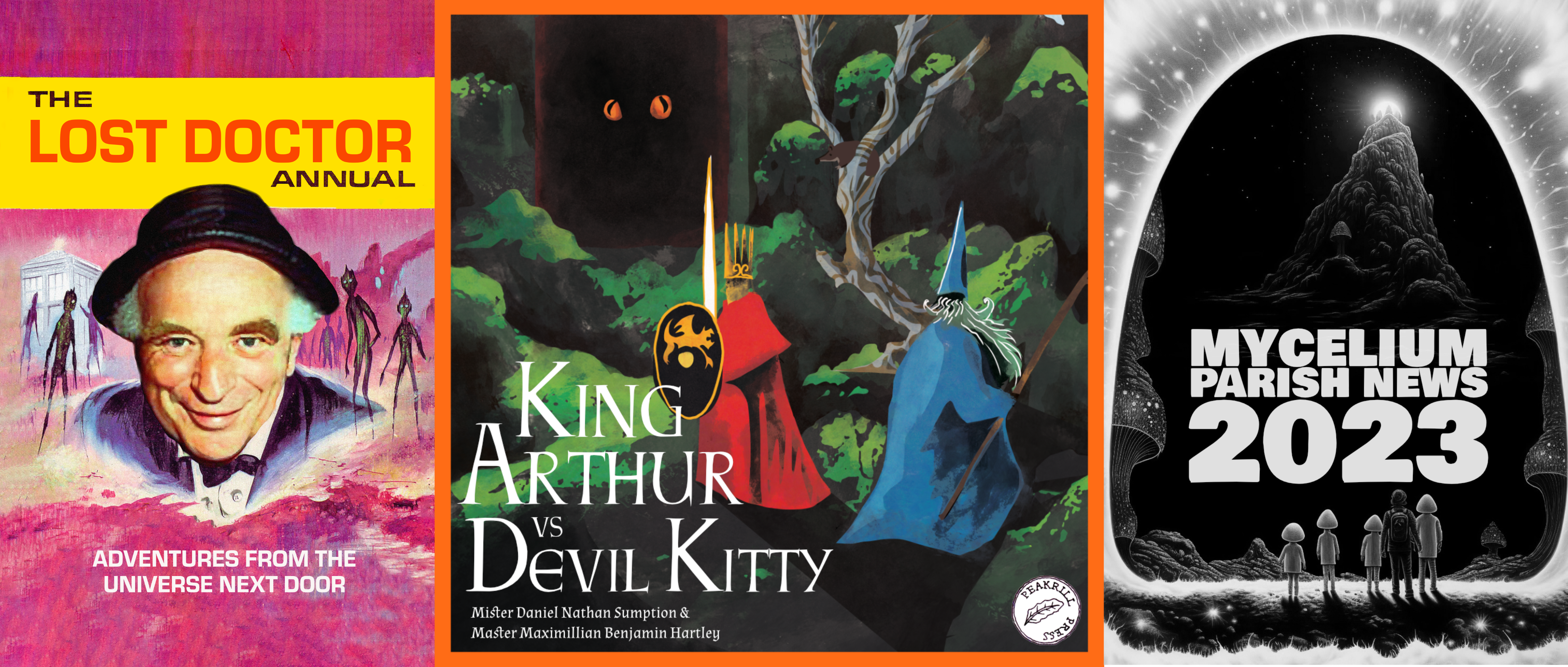
New Books from Peakrill
It’s been a crazy month, and I’m not sure whether I’m coming or going… but somehow I’ve managed to publish 2 new hardback books and a zine (and, more exhausting than that, I’ve posted out hundreds of copies worldwide). I’m thinking of spending January in a bothy, communing with rocks. King Arthur vs Devil Kitty…
-
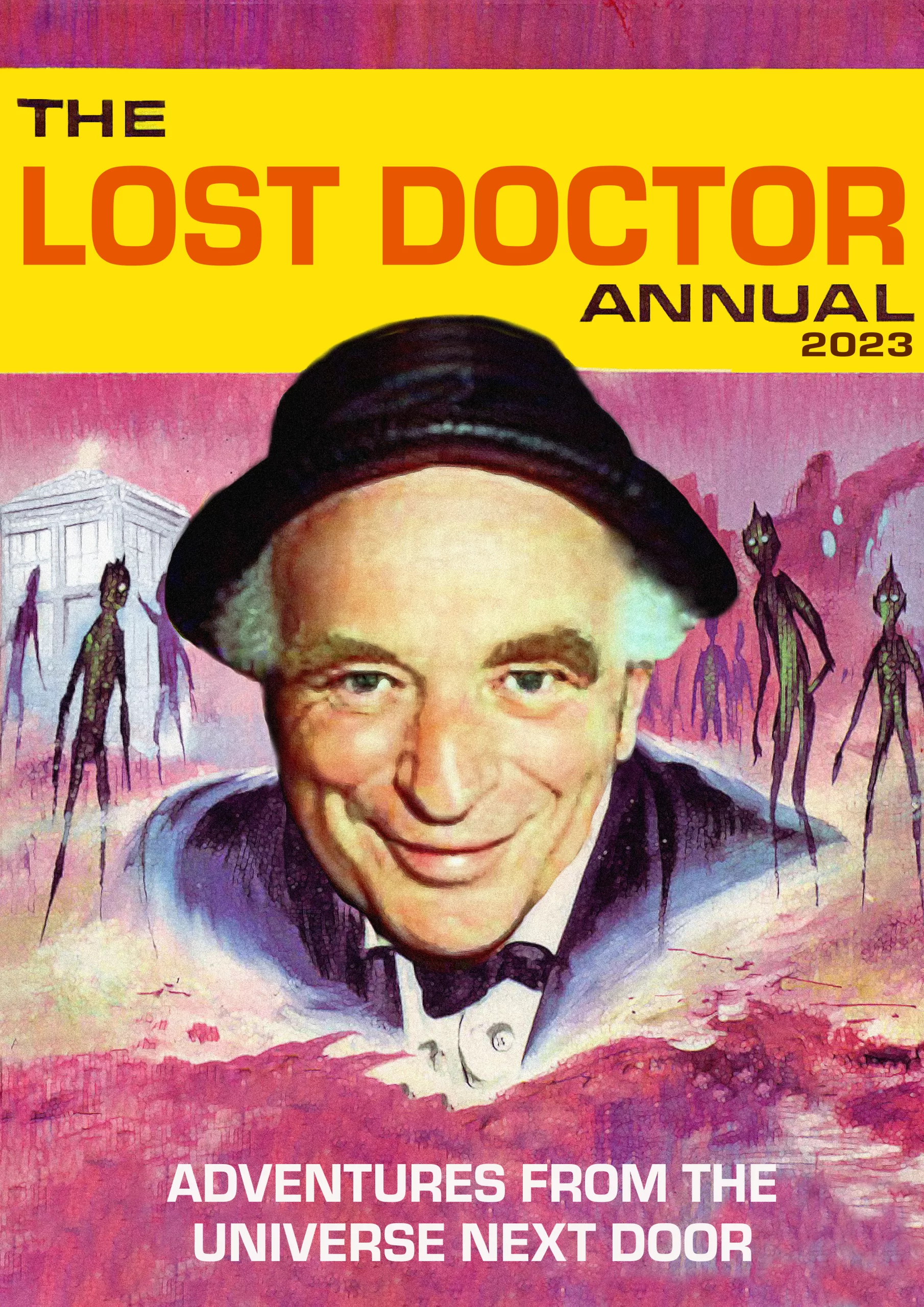
The Lost Doctor Annual
Some time ago, I wrote about The Lost Doctor project – a series of audio adventures based on the premise “what if, in 1987, Ken Campbell had landed the role of the Seventh Doctor Who”. (This very nearly happened, but the BBC thought Ken a little too scary, and instead gave the job to Ken’s…
-
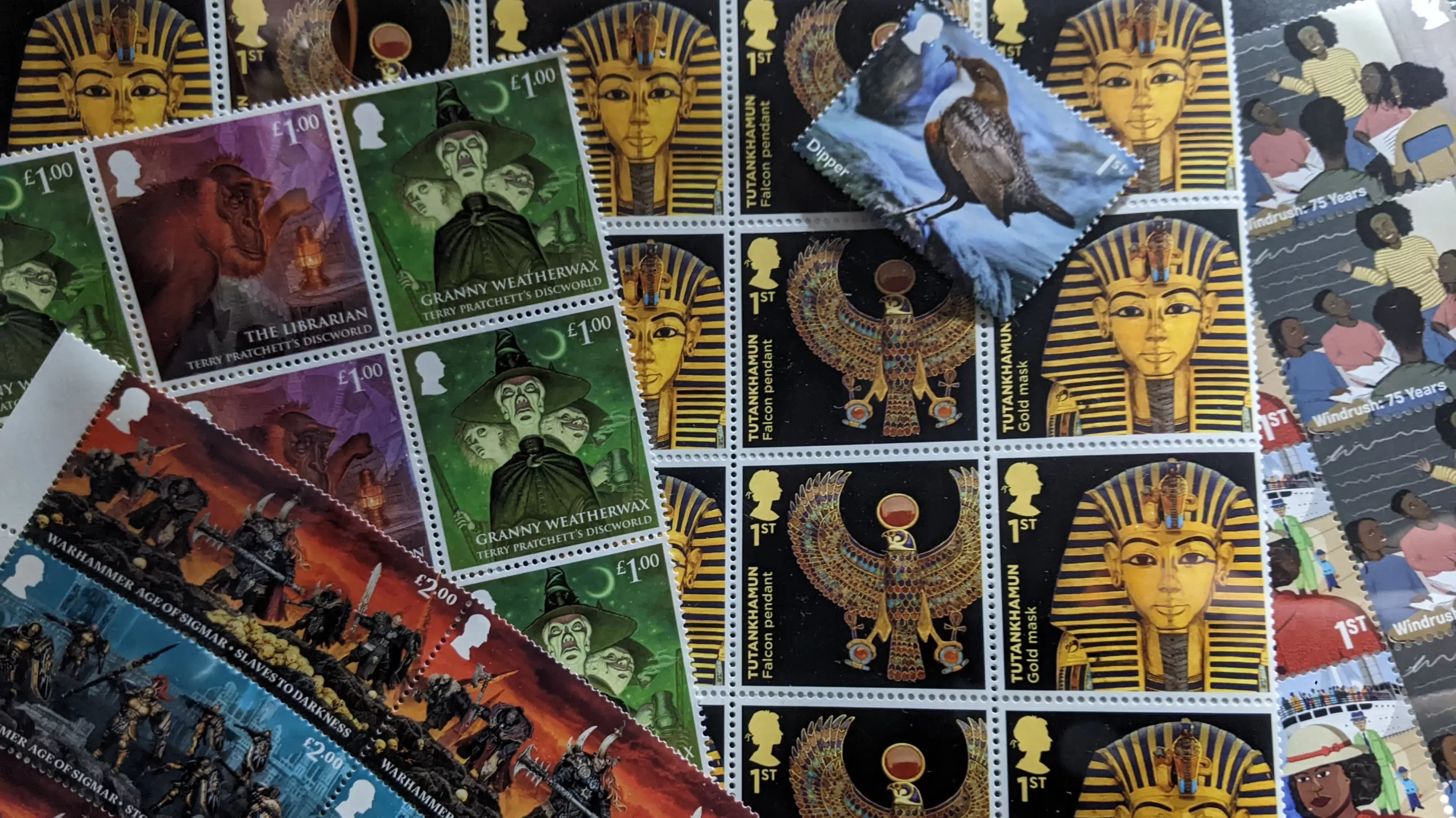
Postal Prices
If you have recently received a package from Peakrill and have had to pay extra postage when it arrived, please email us and we’ll sort something out for you. As a “small business owner” who posts out a lot of stuff, I really ought to keep up-to-date on changes in postal rates. I was aware…
-

A Kitten & A Dead God
I recently had the pleasure of being interviewed by Logar the Barbarian and The Blue Wizard for the Hobos Collective podcast (which evolved out of the Wobblies & Wizards podcast). It was lovely to be interviewed alongside Eduardo Carabaño, whose Settlers of a Dead God I love (it’s a “dark fantasy setting for role-playing games”…
-

Guest post: Journeying with The Smalls
The following article by Aitch Nicol first appeared in Krill Journal. This was one of several, very diverse submissions which Aitch sent me (many of which ended up in Krill), and it really grabbed my interest. I had previously heard the term “microanimism” on the Rune Soup podcast and it grabbed my attention. Aitch’s practical…
-
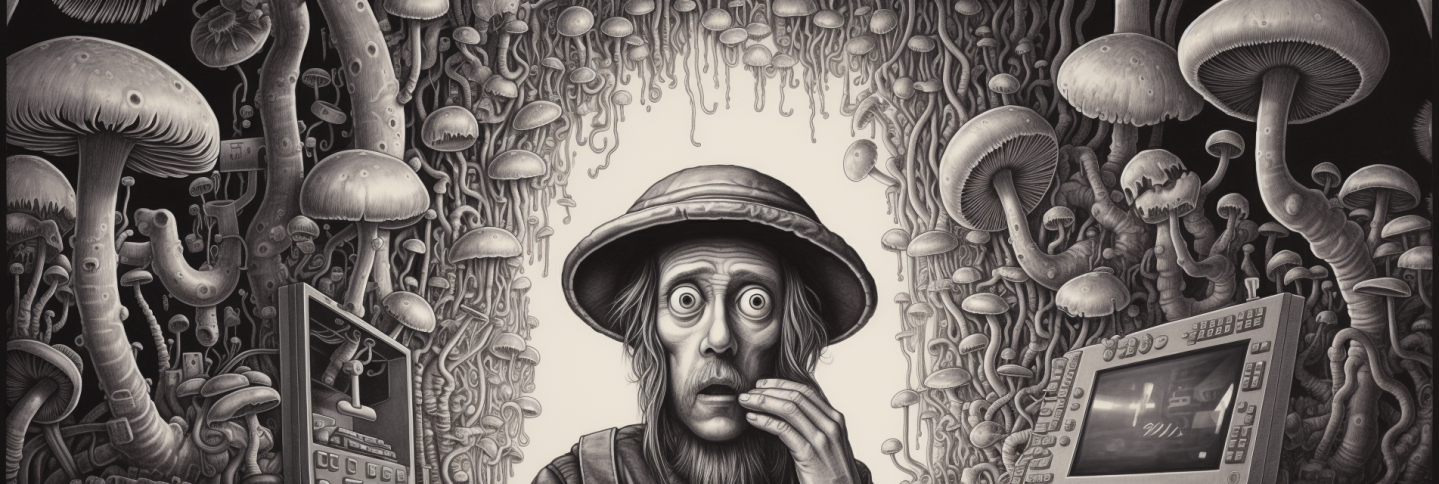
Changing your pledge on Kickstarter
A while ago I wrote a post on how to back a Kickstarter campaign. The Kickstarter website is far from intuitive, and this stuff is confusing. I’ve now discovered that it’s even harder to change your pledge, for example to include additional add-ons. And so here is a quick how-to for anyone wanting to do…
